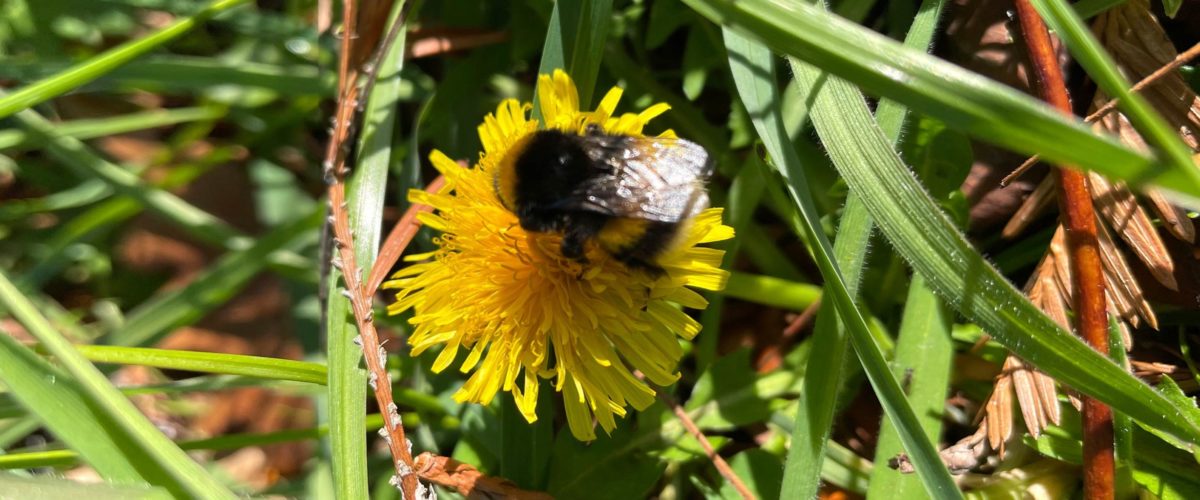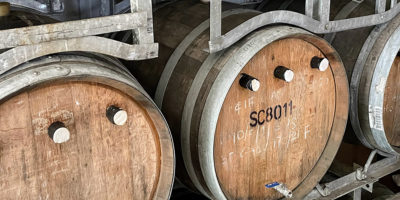
Ingredient profile – Dandelion
Dandelion – Dent de lion – Teeth of the lion
One of the reasons we love dandelion is for it’s abundance and availability. We find it flowering almost all year here though at this time of year (October) it’s bright yellow flowers are particularly profuse! We use these vibrant yellow flower heads in our Berry – Antioxidant Support Daily ACV Tonic.
Most of us know what dandelions look like. It is particularly easy to identify when it’s seed heads appear as beautiful soft white balls with seeds that float away on little parasols when you blow on them. The leaves are hairless (compared to other lookalike plants), toothed and grow in a basal rosette. The flower stems are hollow and they release a milky sap when picked.
Every part of the dandelion plant is edible from roots to flowers
If you can identify them before they flower the new leaves that appear early in spring are the mildest, older leaves tend to be quite bitter (especially from our modern palates) and are best steamed or sautéed. Dandelion flowers can be scattered over a salad, pan fried or the unopened buds can be preserved and used in a similar way to capers. Dandelion root (if you can dig it up – it has a long tap root) can be roasted and made into a tasty hot drink with a coffee like flavour.
Dandelion is highly valued by herbalists
Its main actions are to help stimulate digestion, to promote increased bile production and flow from the gall bladder into the small intestine, and to support excretion of water, sodium and waste products from the body.
It is also known as an anti-rheumatic herb and is often used by herbalists in formulations for the support of rheumatic conditions.
If you have dandelions in your area (and you probably do) now is the perfect time to add some of their beautiful vibrant yellow petals to your next salad. Just make sure you are collecting from a spray free site and are correctly identifying your plant.

